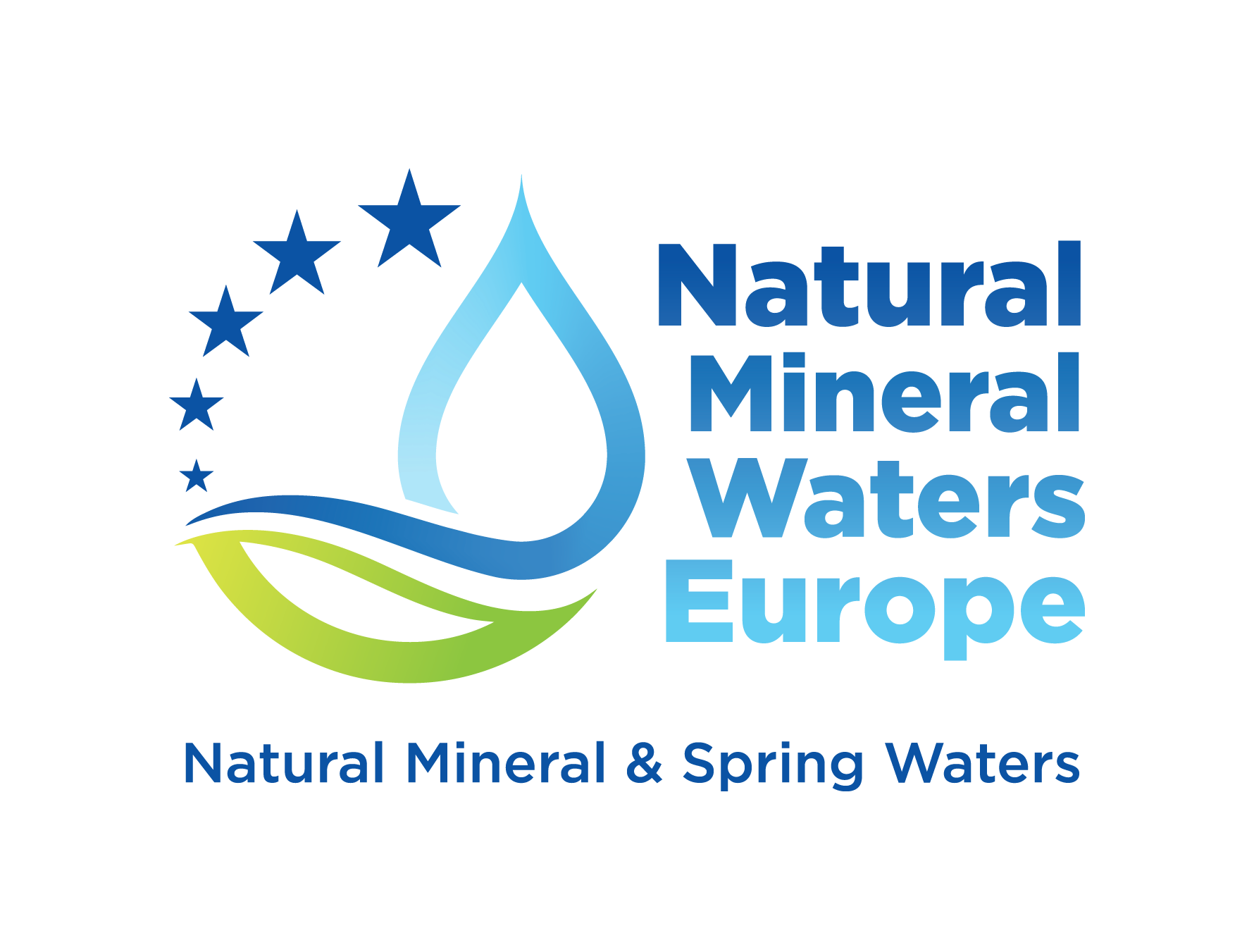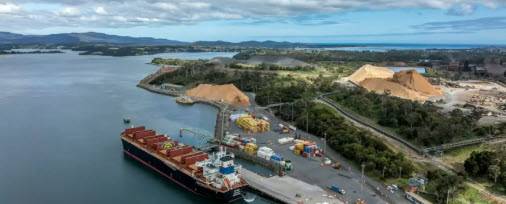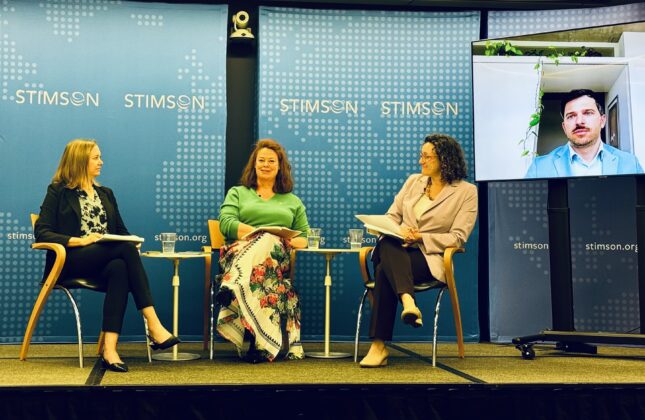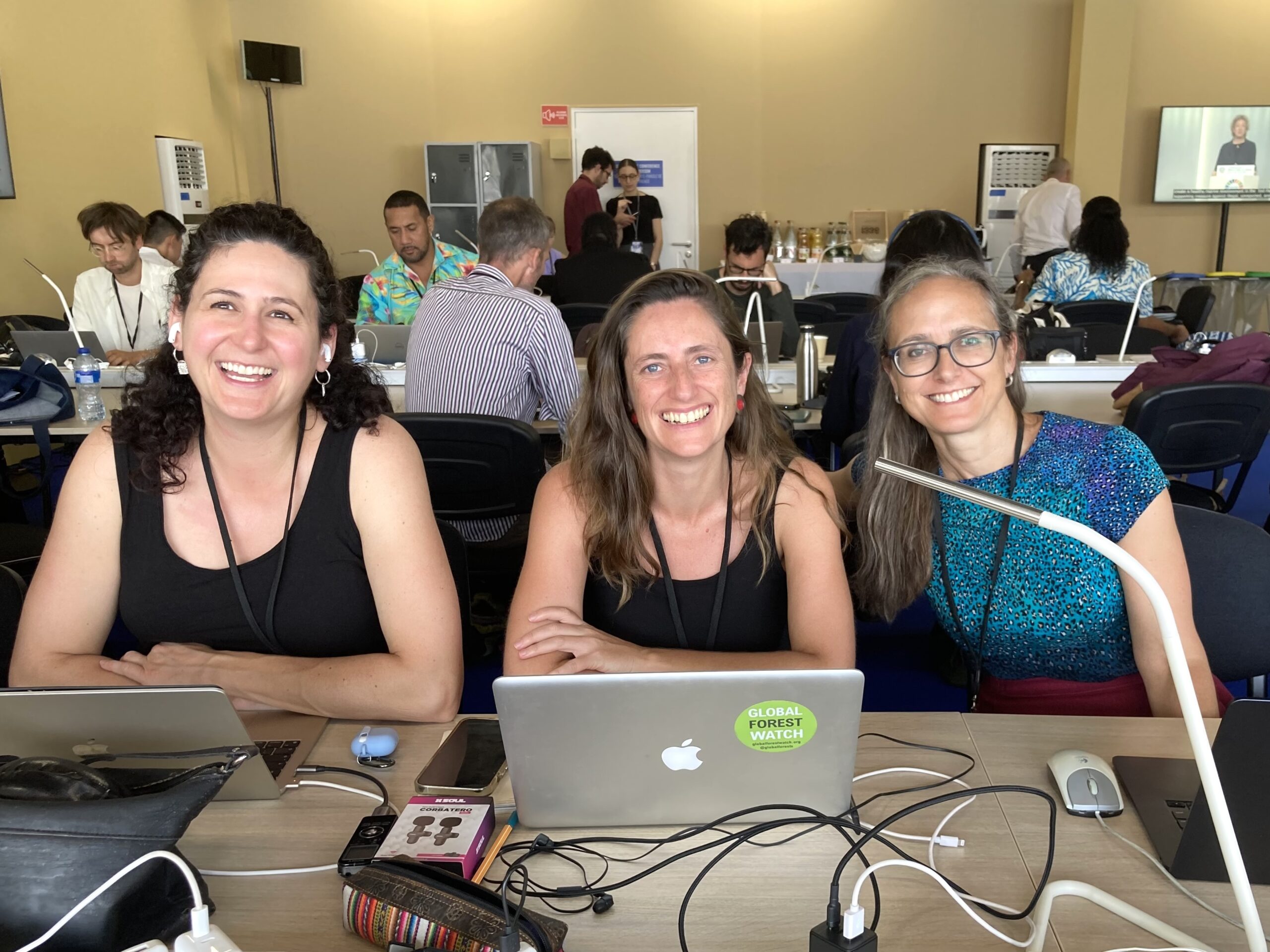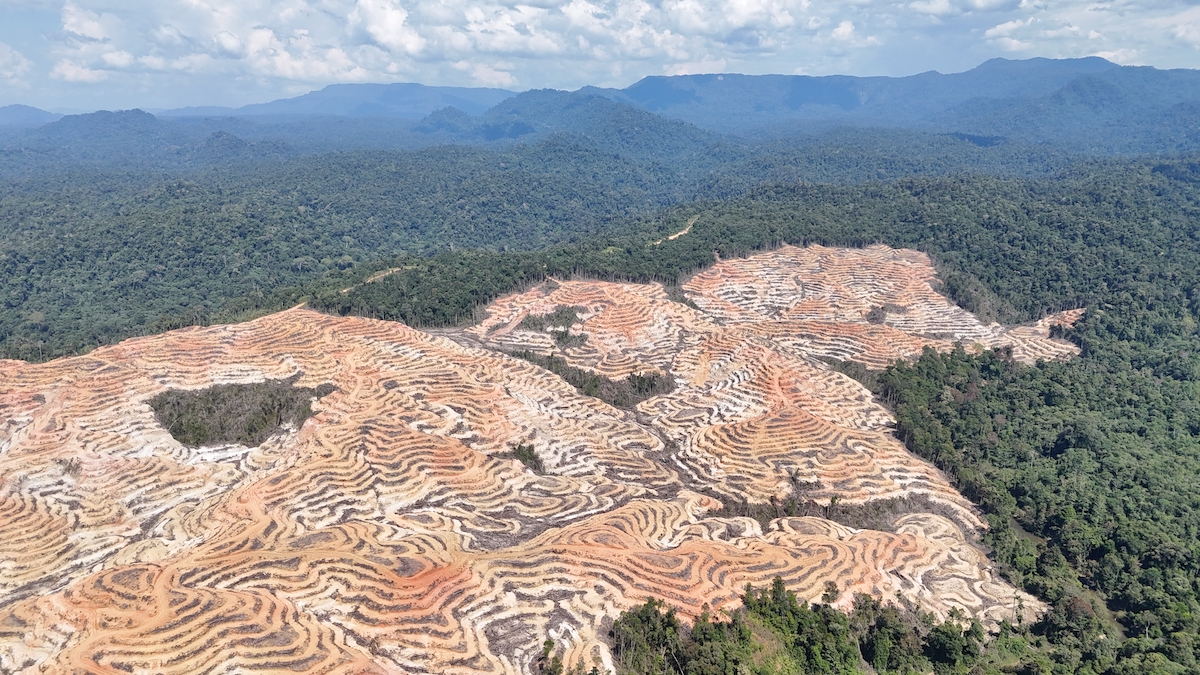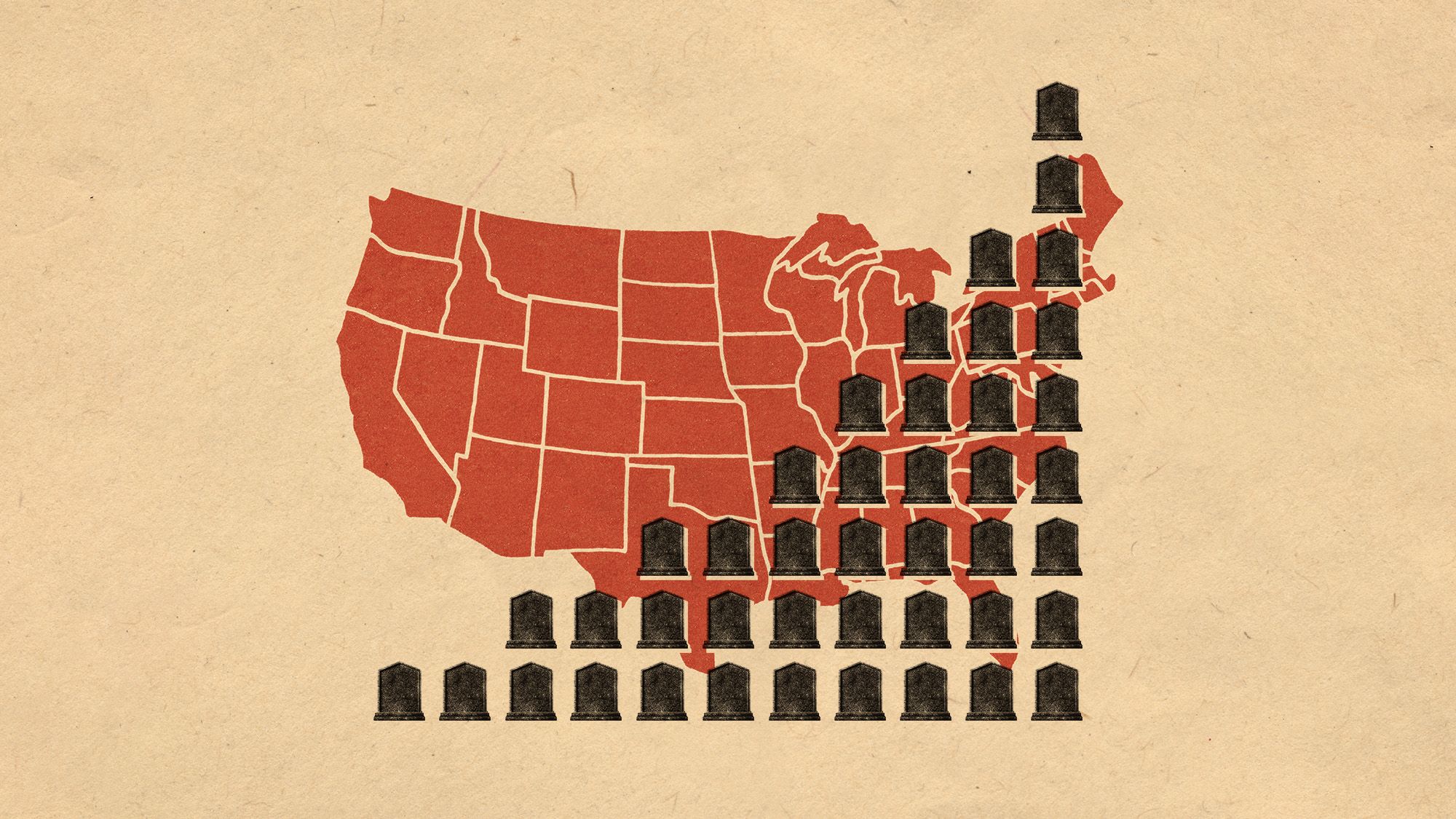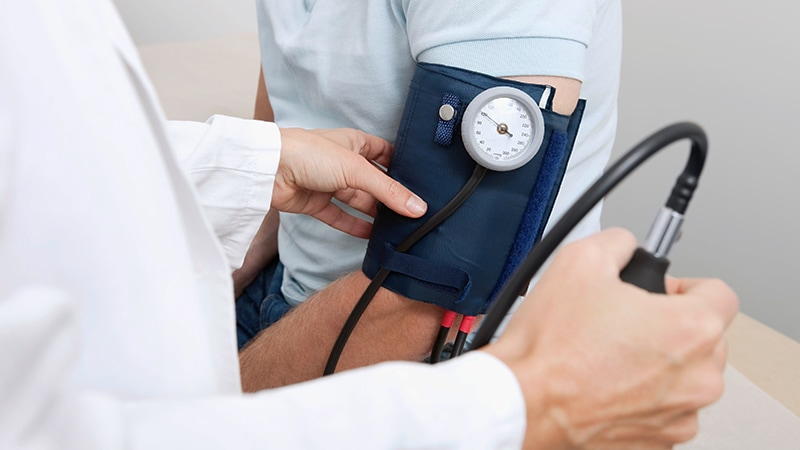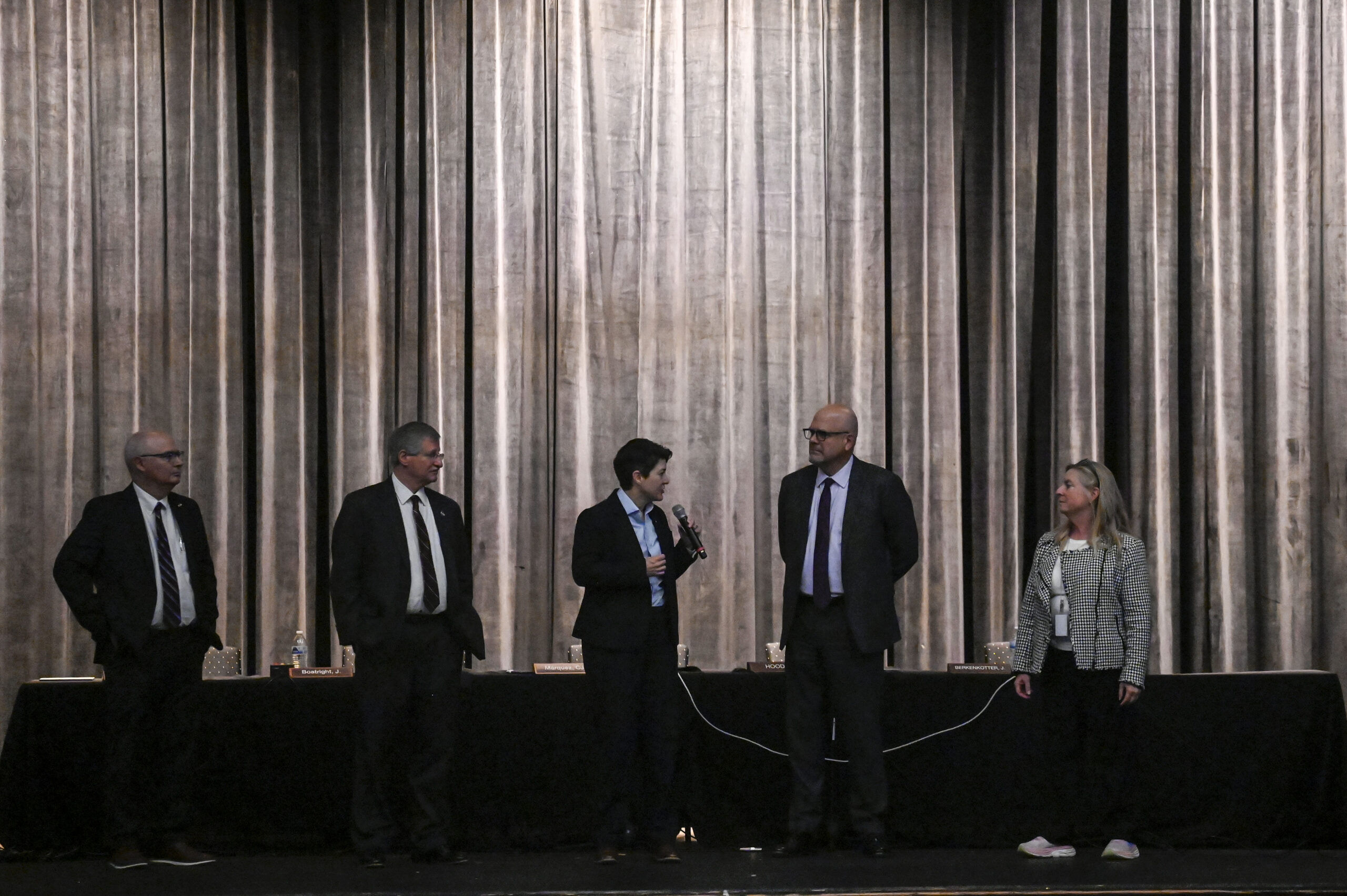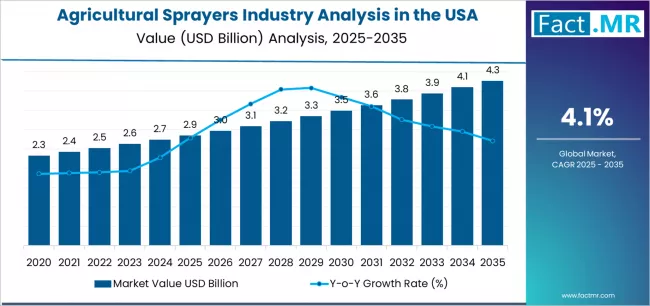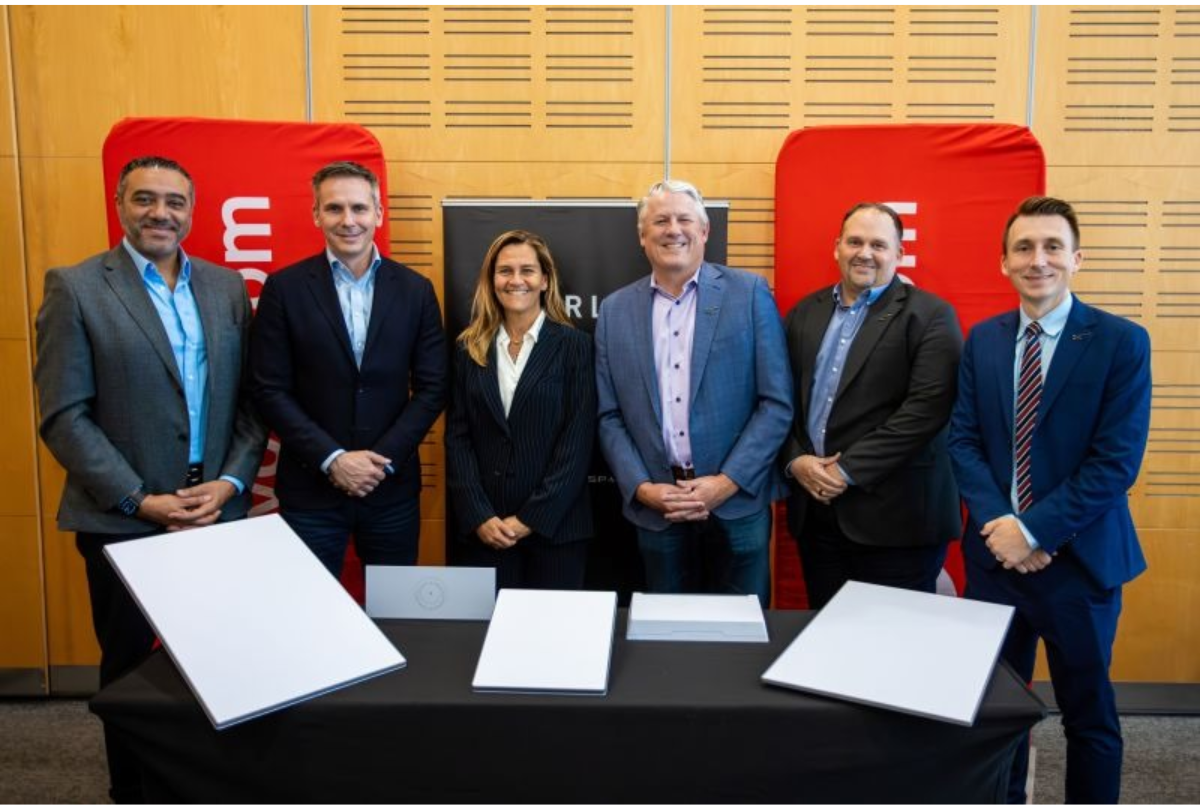‘Leaders in the state:’ NCDEQ secretary talks efforts to clean up drinking water, tours water treatment plant – WECT

Report on Water Quality Remediation Efforts in North Carolina and Alignment with Sustainable Development Goals
Introduction: Addressing Chemical Contamination in the Cape Fear River
A recent inspection by North Carolina Department of Environmental Quality (NCDEQ) Secretary Reid Wilson highlighted significant efforts to remediate drinking water in Southeastern North Carolina. The initiative addresses decades of contamination in the Cape Fear River from toxic per- and polyfluoroalkyl substances (PFAS), or “forever chemicals,” discharged by industrial entities. This situation presents a direct challenge to achieving key United Nations Sustainable Development Goals (SDGs), particularly SDG 6 (Clean Water and Sanitation) and SDG 3 (Good Health and Well-being).
Technological Solution for SDG 6: Clean Water and Sanitation
In a direct response to the contamination, the Cape Fear Public Utility Authority (CFPUA) has implemented a technologically advanced solution at its Sweeney Water Treatment Plant. This project is a critical step towards ensuring universal and equitable access to safe and affordable drinking water for all, a primary target of SDG 6.
- Facility: Sweeney Water Treatment Plant, Wilmington, N.C.
- Technology: Installation of eight large-scale Granular Activated Carbon (GAC) filters.
- Objective: To effectively remove PFAS from the drinking water supply.
- Beneficiaries: The system provides safe water for a population of nearly 200,000 people.
Secretary Wilson noted that the CFPUA’s facility sets a benchmark for other municipalities facing similar water quality challenges, demonstrating a viable pathway to achieving SDG 6 targets.
Protecting Public Health in Accordance with SDG 3: Good Health and Well-being
The removal of PFAS from the water supply is a critical public health intervention. Scientific evidence has linked these forever chemicals to a range of severe health problems, including various forms of cancer. By investing in advanced filtration, the CFPUA’s actions directly contribute to SDG 3, which aims to ensure healthy lives and promote well-being for all at all ages by reducing the number of deaths and illnesses from hazardous chemicals and water pollution.
Institutional Leadership and Progress Towards SDG 11 & SDG 16
The proactive measures taken by CFPUA, recognized by the NCDEQ, exemplify the strong and effective institutions required under SDG 16 (Peace, Justice and Strong Institutions). The collaboration between local utilities and state environmental agencies showcases a commitment to public welfare and environmental justice. This initiative is fundamental to building resilient and sustainable communities, as outlined in SDG 11 (Sustainable Cities and Communities), by ensuring the provision of essential services like safe drinking water.
Accountability and SDG 12: Responsible Consumption and Production
A core component of this initiative involves holding the original polluters accountable, which aligns with the principles of SDG 12 (Responsible Consumption and Production). The CFPUA is actively pursuing legal and financial recourse to ensure the burden of remediation does not fall on its customers.
- Financial Investment: The total cost for the GAC filtration system amounted to $43 million.
- Legal Action: CFPUA has filed a lawsuit against Chemours and DuPont, the companies identified as the source of the decades-long PFAS releases from their plant approximately 100 miles upriver.
- The “Polluter Pays” Principle: The litigation seeks to compel the polluting corporations to cover the full cost of the water treatment upgrades, reinforcing corporate accountability for environmental damage. A trial is anticipated for the coming year.
Analysis of Sustainable Development Goals (SDGs) in the Article
1. Which SDGs are addressed or connected to the issues highlighted in the article?
-
SDG 3: Good Health and Well-being
- The article directly connects the chemical pollution to severe health risks. It states that “PFAS has been linked to a series of health issues, including various types of cancer.” The entire effort to clean the drinking water is a public health initiative aimed at preventing these illnesses and ensuring the well-being of the community.
-
SDG 6: Clean Water and Sanitation
- This is the central theme of the article. The core issue is the contamination of a primary drinking water source, the Cape Fear River, with “toxic forever chemicals.” The response, installing “state-of-the-art filters at its Sweeney Water Treatment Plant,” is a direct action to achieve safe drinking water for the population.
-
SDG 12: Responsible Consumption and Production
- The article highlights the consequences of irresponsible industrial production. It notes that chemical companies “dumped toxic forever chemicals into the Cape Fear River for decades.” The legal action against these companies and the focus on making polluters pay for the cleanup address the need for environmentally sound management of chemicals and corporate accountability.
-
SDG 16: Peace, Justice and Strong Institutions
- The role of institutions and the pursuit of justice are key elements. The Cape Fear Public Utility Authority (CFPUA) is presented as a strong local institution taking decisive action. Furthermore, the article emphasizes that “CFPUA is currently taking legal action against companies Chemours and Dupont,” which represents an effort to use the legal system to ensure accountability and justice for the affected community.
2. What specific targets under those SDGs can be identified based on the article’s content?
-
Under SDG 3: Good Health and Well-being
- Target 3.9: By 2030, substantially reduce the number of deaths and illnesses from hazardous chemicals and air, water and soil pollution and contamination.
Explanation: The article focuses on removing “toxic forever chemicals like PFAS” from the drinking water. Since these chemicals are linked to “a series of health issues, including various types of cancer,” the installation of filters is a direct measure to reduce illnesses caused by water pollution.
- Target 3.9: By 2030, substantially reduce the number of deaths and illnesses from hazardous chemicals and air, water and soil pollution and contamination.
-
Under SDG 6: Clean Water and Sanitation
- Target 6.1: By 2030, achieve universal and equitable access to safe and affordable drinking water for all.
Explanation: The installation of GAC filters aims to provide safe drinking water for “nearly 200,000 people,” directly addressing the need for safe water access. The lawsuit also touches on affordability, as the CFPUA argues that the “polluters should pay for” the $43 million cost, “rather than their customers.” - Target 6.3: By 2030, improve water quality by reducing pollution, eliminating dumping and minimizing release of hazardous chemicals and materials.
Explanation: The problem originated from companies that “dumped toxic forever chemicals into the Cape Fear River for decades.” The cleanup efforts and the legal action against the polluters are direct responses to this historical pollution and aim to prevent future harm and hold those responsible for the release of hazardous chemicals accountable. - Target 6.b: Support and strengthen the participation of local communities in improving water and sanitation management.
Explanation: The article highlights the leadership of local entities, stating that “Wilmington and New Hanover County have been real leaders in the state.” The Cape Fear Public Utility Authority (CFPUA), a local body, is managing the entire cleanup and legal process, demonstrating strong local participation.
- Target 6.1: By 2030, achieve universal and equitable access to safe and affordable drinking water for all.
-
Under SDG 12: Responsible Consumption and Production
- Target 12.4: By 2020, achieve the environmentally sound management of chemicals and all wastes throughout their life cycle… and significantly reduce their release to air, water and soil in order to minimize their adverse impacts on human health and the environment.
Explanation: The article is a case study on the failure of this target, detailing the “decades of releases by Chemours and DuPont.” The subsequent cleanup and legal action are efforts to manage the consequences of this failure and enforce the “polluter pays” principle, a key component of environmentally sound management.
- Target 12.4: By 2020, achieve the environmentally sound management of chemicals and all wastes throughout their life cycle… and significantly reduce their release to air, water and soil in order to minimize their adverse impacts on human health and the environment.
-
Under SDG 16: Peace, Justice and Strong Institutions
- Target 16.3: Promote the rule of law… and ensure equal access to justice for all.
Explanation: The article explicitly mentions the legal route being taken to address the pollution: “CFPUA is currently taking legal action against companies Chemours and Dupont.” This use of the justice system to hold corporations accountable for environmental damage is a clear example of promoting the rule of law.
- Target 16.3: Promote the rule of law… and ensure equal access to justice for all.
3. Are there any indicators mentioned or implied in the article that can be used to measure progress towards the identified targets?
-
For Target 6.1 (Access to safe drinking water)
- Indicator 6.1.1: Proportion of population using safely managed drinking water services.
Explanation: The article provides a direct number that can be used for this indicator. It states that the new filtration system serves “nearly 200,000 people,” quantifying the population that is gaining access to safely managed drinking water as a result of the intervention.
- Indicator 6.1.1: Proportion of population using safely managed drinking water services.
-
For Target 3.9 (Reducing illness from pollution)
- Implied Indicator: Reduction in the concentration of hazardous chemicals in the public water supply.
Explanation: While the article doesn’t give specific chemical concentration levels, the entire purpose of the “eight Granular Activated Carbon (GAC) filters” is to “keep out forever chemicals like PFAS.” Measuring the water quality before and after filtration would be a direct indicator of progress in reducing exposure to hazardous chemicals.
- Implied Indicator: Reduction in the concentration of hazardous chemicals in the public water supply.
-
For Target 12.4 (Sound management of chemicals)
- Implied Indicator: Cost of remediation for environmental damage caused by chemical mismanagement.
Explanation: The article quantifies the cost of the cleanup, stating, “The cost to add the GAC filters to the plant totaled $43 million.” This monetary value serves as a powerful indicator of the financial impact of failing to manage chemicals responsibly.
- Implied Indicator: Cost of remediation for environmental damage caused by chemical mismanagement.
-
For Target 16.3 (Access to justice)
- Implied Indicator: Number of legal actions filed to enforce environmental regulations.
Explanation: The article explicitly states that “CFPUA is currently taking legal action against companies Chemours and Dupont” and that a “trial date is expected next year.” The existence of this lawsuit is a clear, tangible indicator of an institution using the legal system to seek justice.
- Implied Indicator: Number of legal actions filed to enforce environmental regulations.
4. Summary Table of SDGs, Targets, and Indicators
| SDGs | Targets | Indicators (Mentioned or Implied in Article) |
|---|---|---|
| SDG 3: Good Health and Well-being | 3.9: Substantially reduce deaths and illnesses from hazardous chemicals and water pollution. | Implied: Reduction in the concentration of PFAS and other “toxic forever chemicals” in drinking water, preventing illnesses like cancer. |
| SDG 6: Clean Water and Sanitation | 6.1: Achieve universal and equitable access to safe and affordable drinking water. | Indicator 6.1.1: The filtration system provides safe water to “nearly 200,000 people.” |
| 6.3: Improve water quality by reducing pollution and eliminating dumping of hazardous chemicals. | Implied: The installation of filters to remove chemicals dumped by companies into the Cape Fear River. | |
| 6.b: Support and strengthen the participation of local communities in water management. | Implied: The leadership of the local “Cape Fear Public Utility Authority (CFPUA)” in managing the cleanup and legal action. | |
| SDG 12: Responsible Consumption and Production | 12.4: Achieve environmentally sound management of chemicals and wastes to reduce their release to water. | Implied: The remediation cost of “$43 million” as a measure of the impact of irresponsible chemical management. |
| SDG 16: Peace, Justice and Strong Institutions | 16.3: Promote the rule of law and ensure equal access to justice. | Implied: The “ongoing litigation” and “legal action against companies Chemours and Dupont” as an indicator of seeking justice through the legal system. |
Source: wect.com

What is Your Reaction?
 Like
0
Like
0
 Dislike
0
Dislike
0
 Love
0
Love
0
 Funny
0
Funny
0
 Angry
0
Angry
0
 Sad
0
Sad
0
 Wow
0
Wow
0







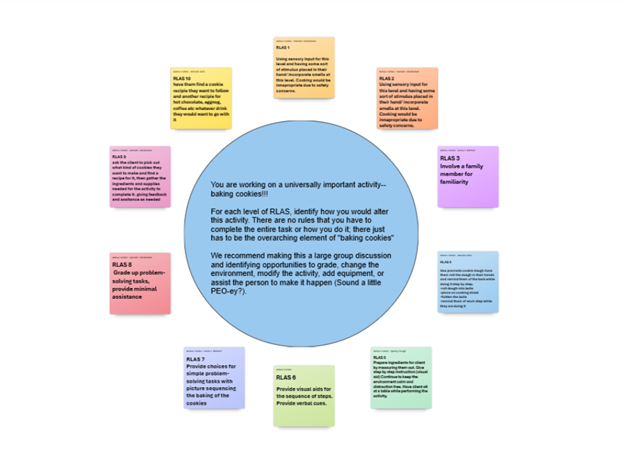
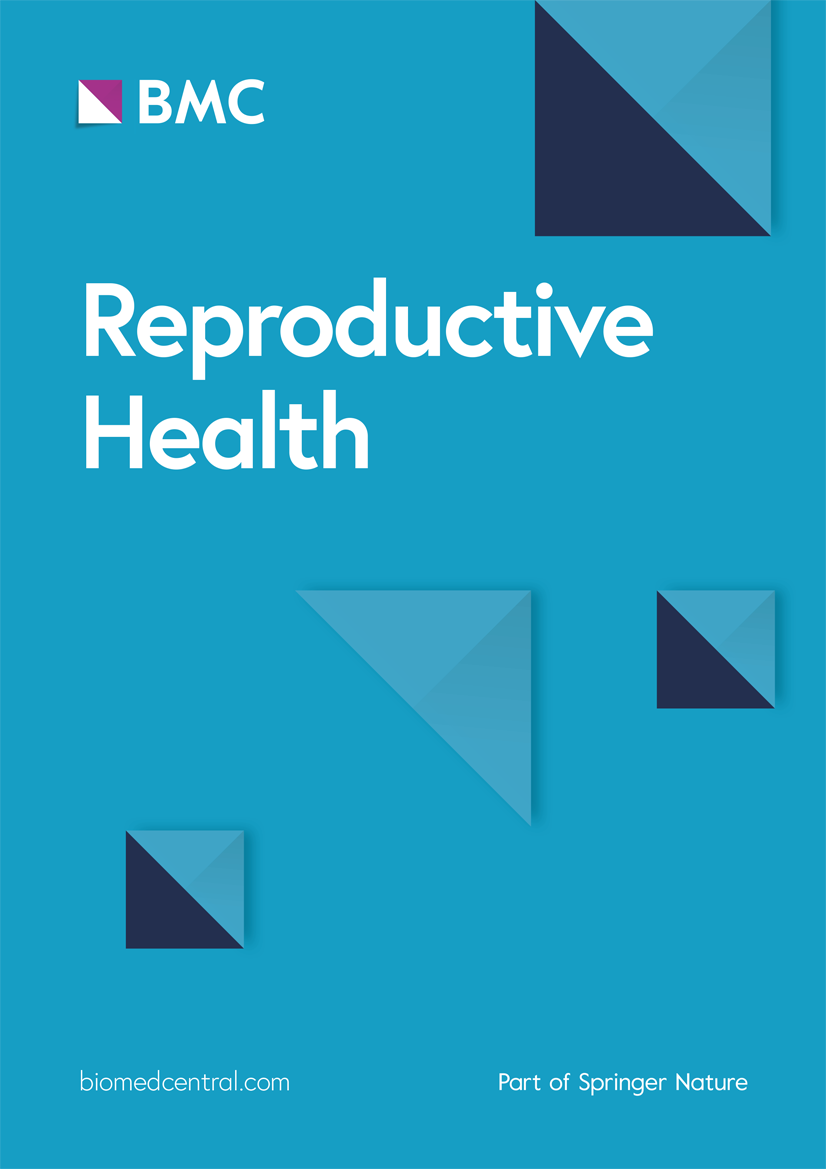


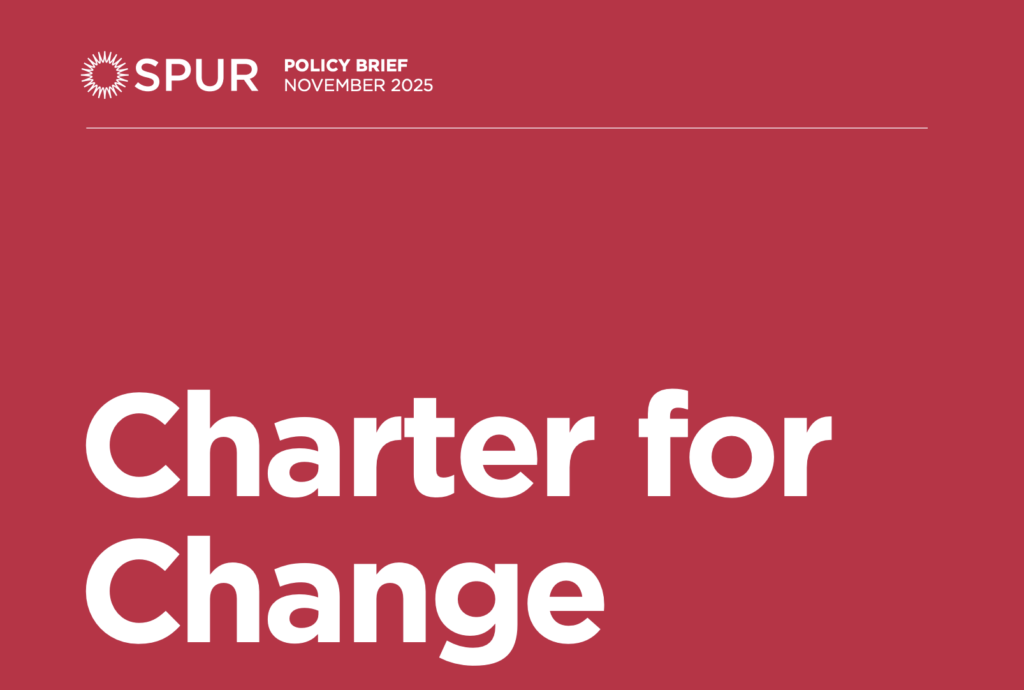

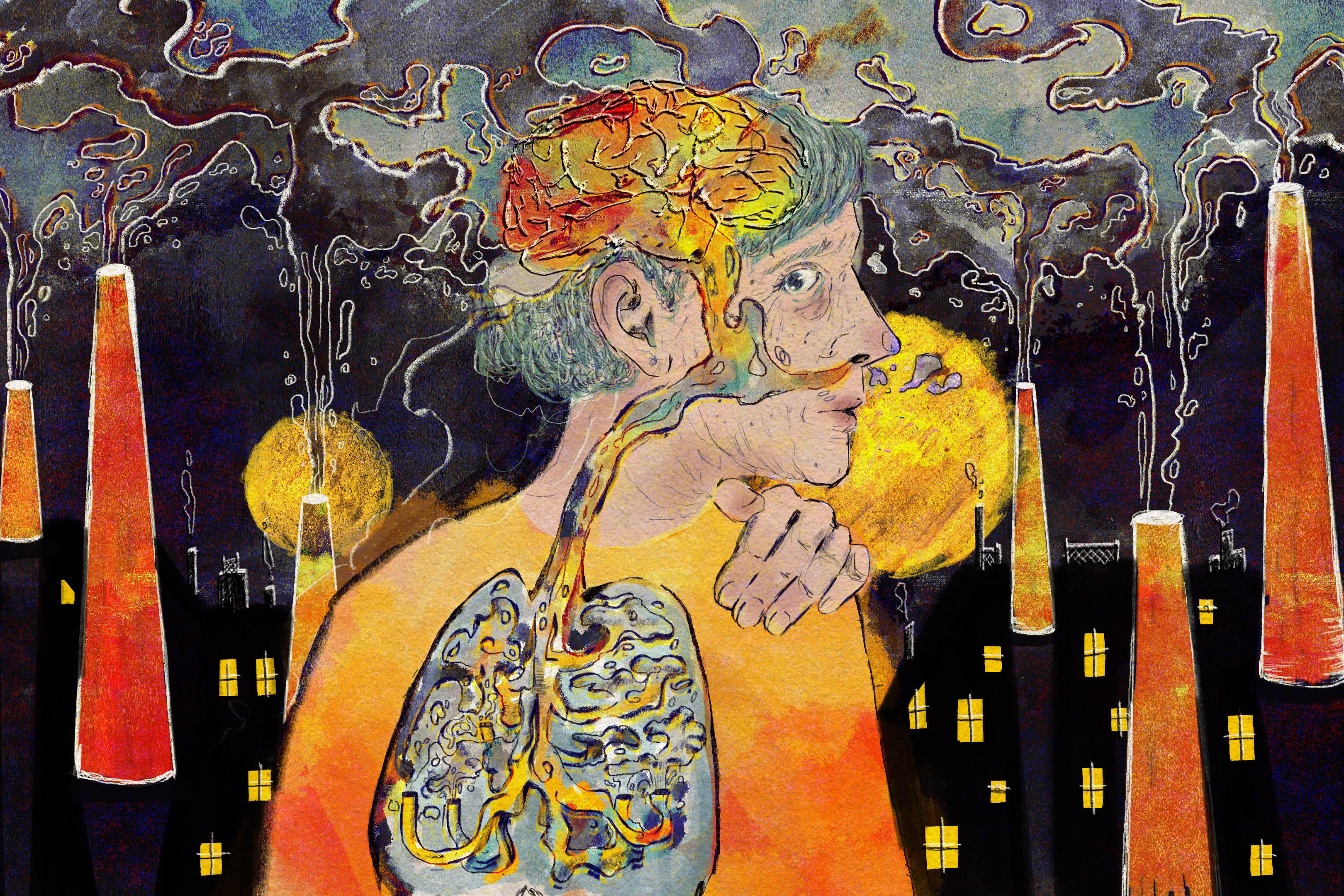














.jpg?#)
